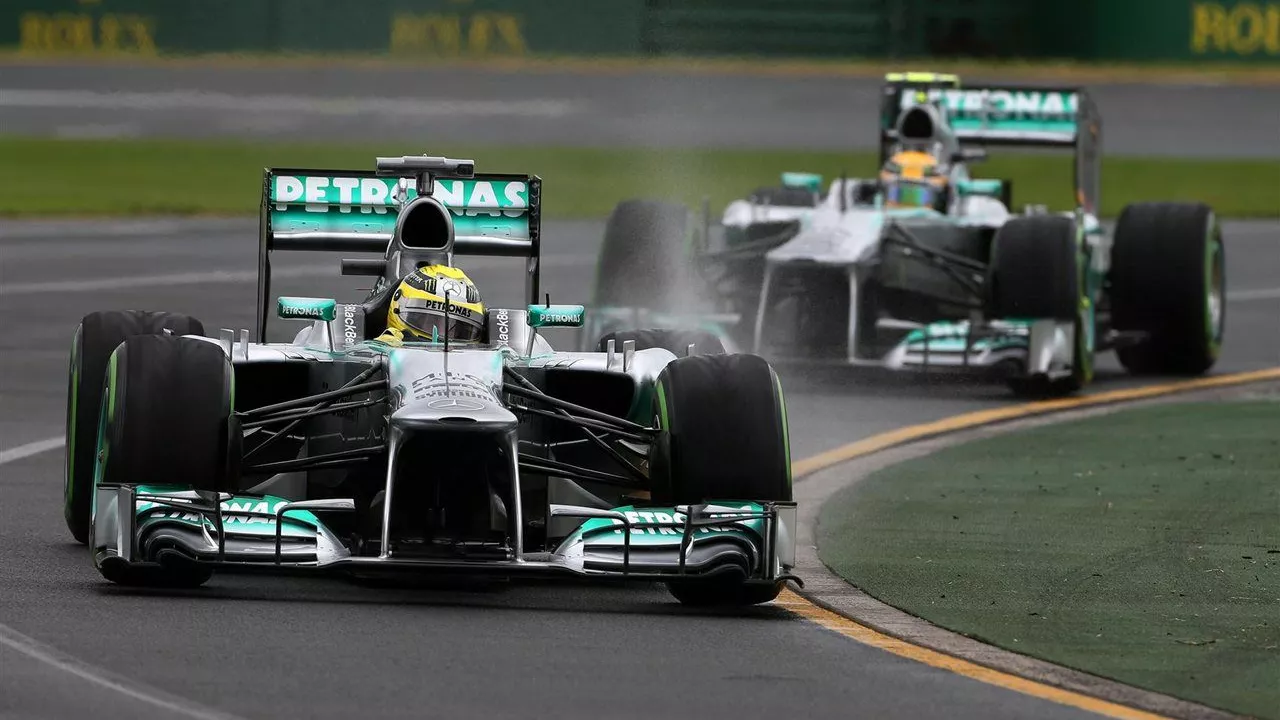
by Daxton Fairweather, 26 Jul 2023, Motorsports
0
CommentsUnderstanding the Basics: Formula 1 vs Indy Cars
Before we delve into the question of speed, it is important to understand what Formula 1 and Indy cars are. Formula 1 and IndyCar racing are two of the most prestigious and popular types of open-wheel car racing in the world. Despite their similarities, the two types of cars are built on different philosophies and regulations, and thus exhibit distinct characteristics and performances on the track.
Formula 1, governed by the International Automobile Federation (FIA), is a European-based series that races on a combination of traditional racetracks, street circuits, and hybrid tracks. On the other hand, IndyCar, governed by the American-based IndyCar Series, predominantly races on oval tracks, with a handful of road and street circuit races.
Analyzing the Design and Specifications
The design and specifications of the cars significantly influence their speed. Formula 1 cars are lighter and smaller, typically weighing around 740 kilograms including the driver, but excluding fuel. They are powered by 1.6-litre hybrid engines that can produce over 1000 horsepower.
On the other hand, Indy cars are slightly larger and heavier, with a minimum weight of 721 kilograms without fuel and driver. They are powered by 2.2-litre twin-turbo V6 engines that generate around 700 horsepower, but this can rise to 750 horsepower on the larger oval tracks.
Comparing Top Speeds
When it comes to top speeds, Indy cars generally have an edge due to their races being primarily on oval tracks. The fastest speed recorded by an Indy car was 385.05 km/h by Paul Tracy in 1996. However, these speeds are generally only achievable on superspeedways – which are oval tracks greater than two miles in length.
In contrast, Formula 1 cars reach their top speeds on high-speed straight sections of traditional racetracks and street circuits. The highest speed ever recorded by a Formula 1 car was 372.6 km/h by Juan Pablo Montoya in 2005.
Breaking Down the Lap Times
Lap times provide another method of comparing the speed of Formula 1 and Indy cars. Despite the higher top speeds of Indy cars, Formula 1 cars tend to record faster lap times due to their superior aerodynamics and cornering abilities. This is particularly evident in road and street circuits where there are more turns and less straight sections.
For instance, at the Circuit of The Americas, a track used for both Formula 1 and IndyCar races, the fastest Formula 1 lap time is approximately 20 seconds quicker than the fastest IndyCar lap time.
Understanding the Influence of the Track
The type of track on which the cars race greatly influences their speed capabilities. As mentioned previously, Indy cars typically race on oval tracks, which allow for higher top speeds due to the long straight sections and banked turns. Conversely, Formula 1 tracks typically have a mix of straight sections and tight corners, which require a balance of speed and handling.
Therefore, while an Indy car may reach higher top speeds, a Formula 1 car may navigate a track quicker due to its superior cornering ability and acceleration.
Concluding Thoughts: Which is Faster?
In conclusion, while Indy cars may reach higher top speeds on superspeedways, Formula 1 cars generally have faster lap times due to their superior aerodynamics, cornering abilities, and acceleration. Thus, the answer to the question of which car is faster – Formula 1 or Indy – depends largely on the context: if it’s top speed, Indy cars take the crown; if it’s overall track speed and maneuverability, Formula 1 cars lead the way.
However, it is worth noting that the thrill and excitement of both Formula 1 and IndyCar racing extend beyond the mere question of speed. The skill of the drivers, the strategy of the teams, and the unpredictability of the races make both series a spectacle to watch, regardless of which type of car is faster.
0 Comments
Reply Comment